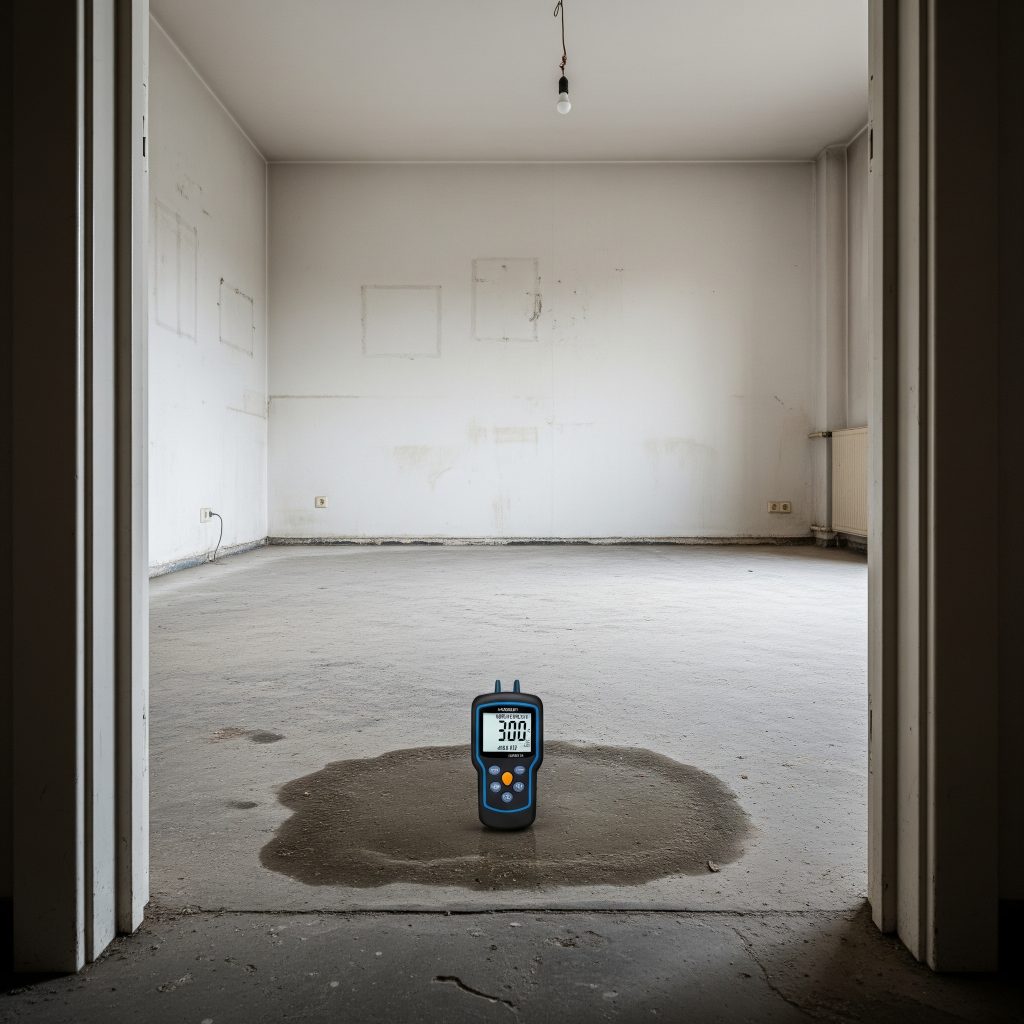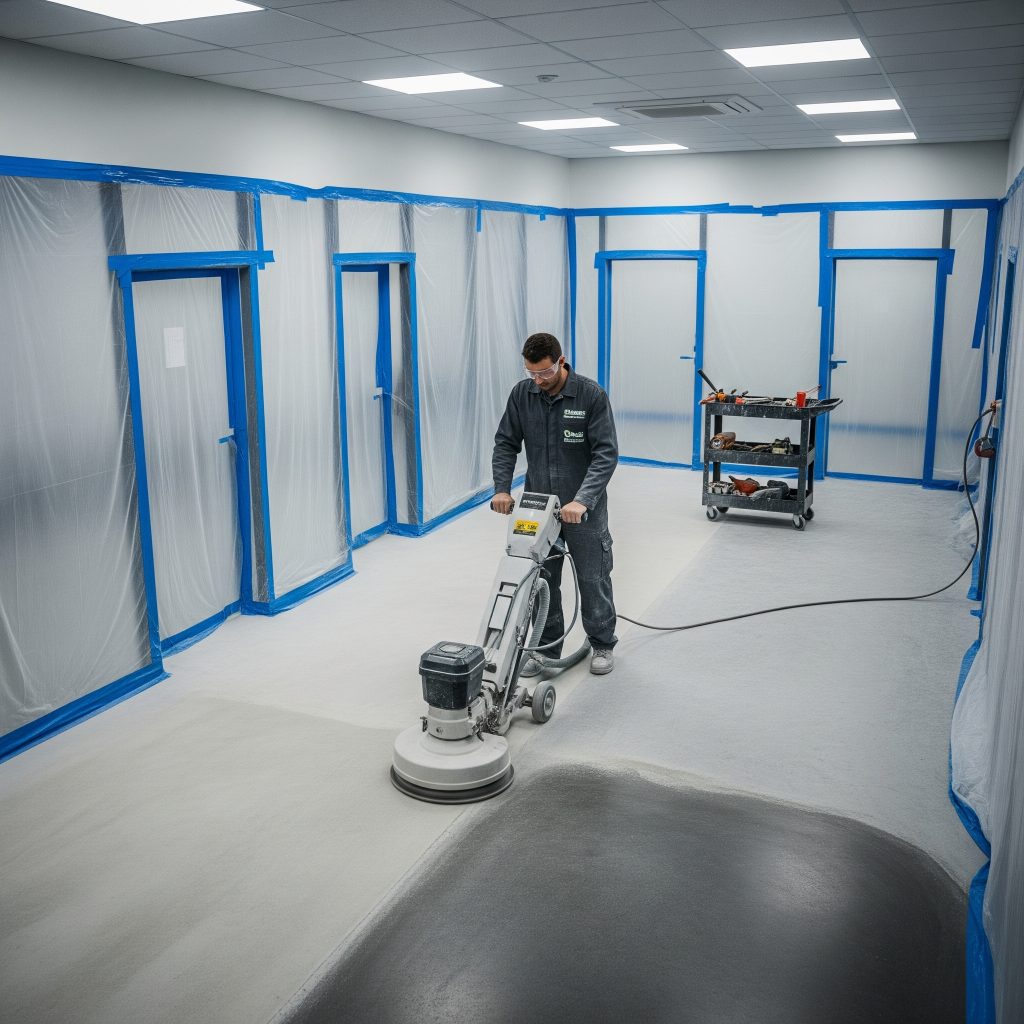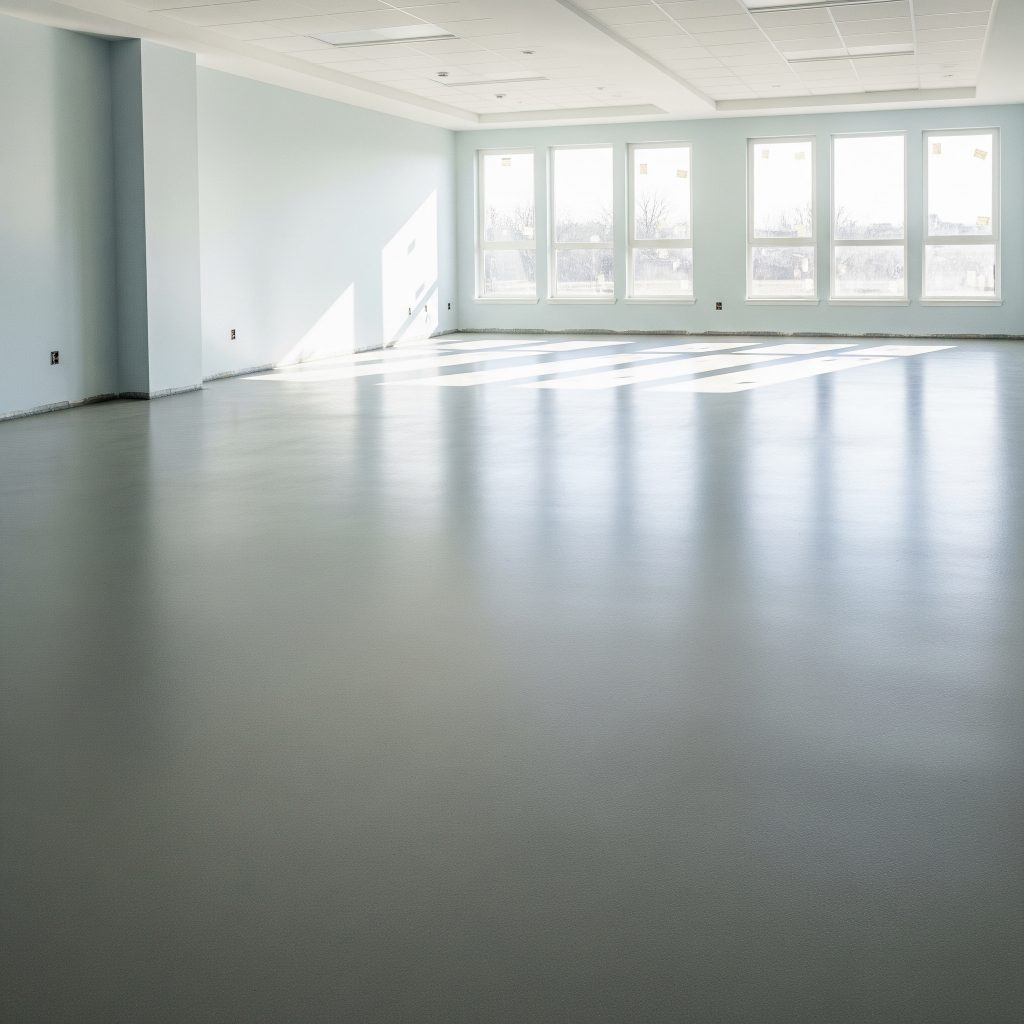For strata owners in Sydney, addressing serious building defects is a major priority. While issues like waterproofing failures and structural cracks are common, one hidden threat is increasingly becoming a top concern: magnesite flooring. This vintage material, once a common choice, is now known as a primary cause of concrete cancer, making magnesite removal an essential step for protecting property value and structural integrity across New South Wales. This article explains why.

What Exactly Is Magnesite?
Magnesite is a cement-based floor topping used widely in multi-storey buildings built from the 1920s to the 1970s. Valued for its levelling and sound-dampening properties, it was a popular choice for apartments across Sydney. For a deeper dive into the origins and applications of this material, you can explore the history of magnesite (https://thehistoryofmagnesite.com.au/). However, what was once seen as a practical solution has since revealed a critical flaw: its high magnesium chloride content.
The Dangerous Connection: Magnesite and Concrete Cancer
The biggest problem with magnesite flooring is its porosity. When it absorbs moisture—from a leaky pipe, a balcony door, or even high humidity—the magnesium chloride in the material begins a chemical reaction. This process leaches corrosive chloride ions into the underlying concrete slab, a process that can go undetected for years.
These chlorides attack the steel reinforcement (rebar) within the concrete. As the steel rusts, it expands up to seven times its original size, exerting immense pressure on the surrounding concrete. This pressure causes the concrete to crack, crumble, and flake away. This is what’s commonly known as ‘concrete cancer’ or ‘concrete spalling’.
Signs of a Magnesite Problem
Spotting a problem early can save strata schemes from extensive and costly repairs. Look out for these warning signs:
- Bubbling or Cracking: Visible cracks in floor tiles or bubbling under carpets.
- Rust Stains: Red or brown stains seeping through flooring or concrete.
- Dampness: Persistently damp or ‘sweaty’ floors, particularly near wet areas.
- Unusual Odours: In some cases, decomposing magnesite can produce a strange smell.

Why Magnesite Removal Is the Top Priority for Sydney Strata
Compared to other defects, magnesite is a ticking time bomb. While a leaky roof or a small crack might be localised, a magnesite issue can spread throughout a building’s slab, threatening its very foundation. Ignoring the problem will only lead to more extensive damage and repair bills that could drain a strata’s sinking fund.
Magnesite removal in NSW is not just a cosmetic fix; it is a critical remedial building service that protects the structural integrity of the entire building. It’s often the first step in a professional remedial process that includes:
- Professional Assessment: An expert inspection to confirm the presence of magnesite and assess the extent of the damage.
- Careful Removal: Stripping the old magnesite topping and preparing the concrete slab underneath.
- Concrete Cancer Repair: Treating and repairing any areas of concrete spalling.
- Waterproofing and New Flooring: Applying new waterproofing and installing a modern, non-porous flooring system to prevent future issues.
To learn more about how we can help with serious building defects and concrete cancer solutions, you can reach out to us on our X handle @ElymentGroup or visit our website at elyment.com.au.

Key Takeaways for Strata Committees
The takeaway for strata committees and owners in Sydney is clear: don’t wait for the problem to escalate. Proactive magnesite removal and concrete cancer remediation can save hundreds of thousands of dollars in the long run. By addressing this serious building defect head-on, you are not only protecting your investment but also ensuring the safety and longevity of your property.
This article’s idea was inspired by a recent post on the Elyment Group’s blog, highlighting the critical nature of this issue.
